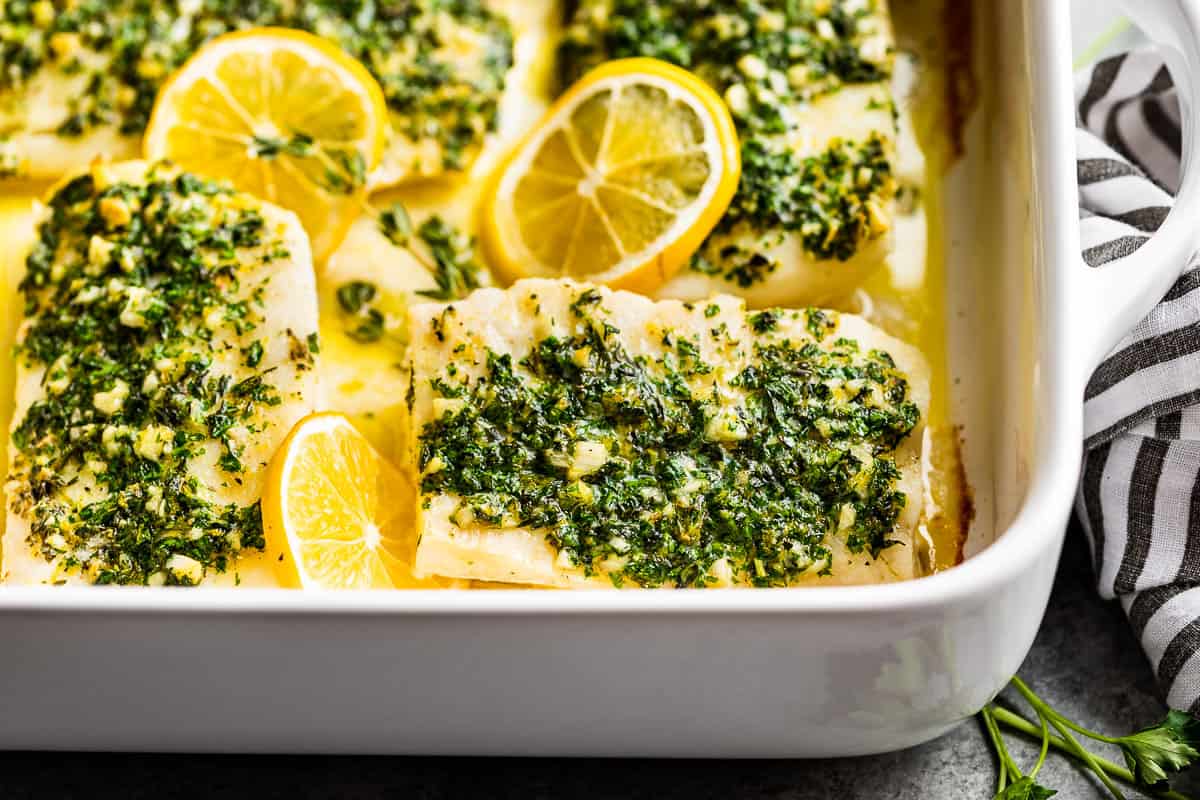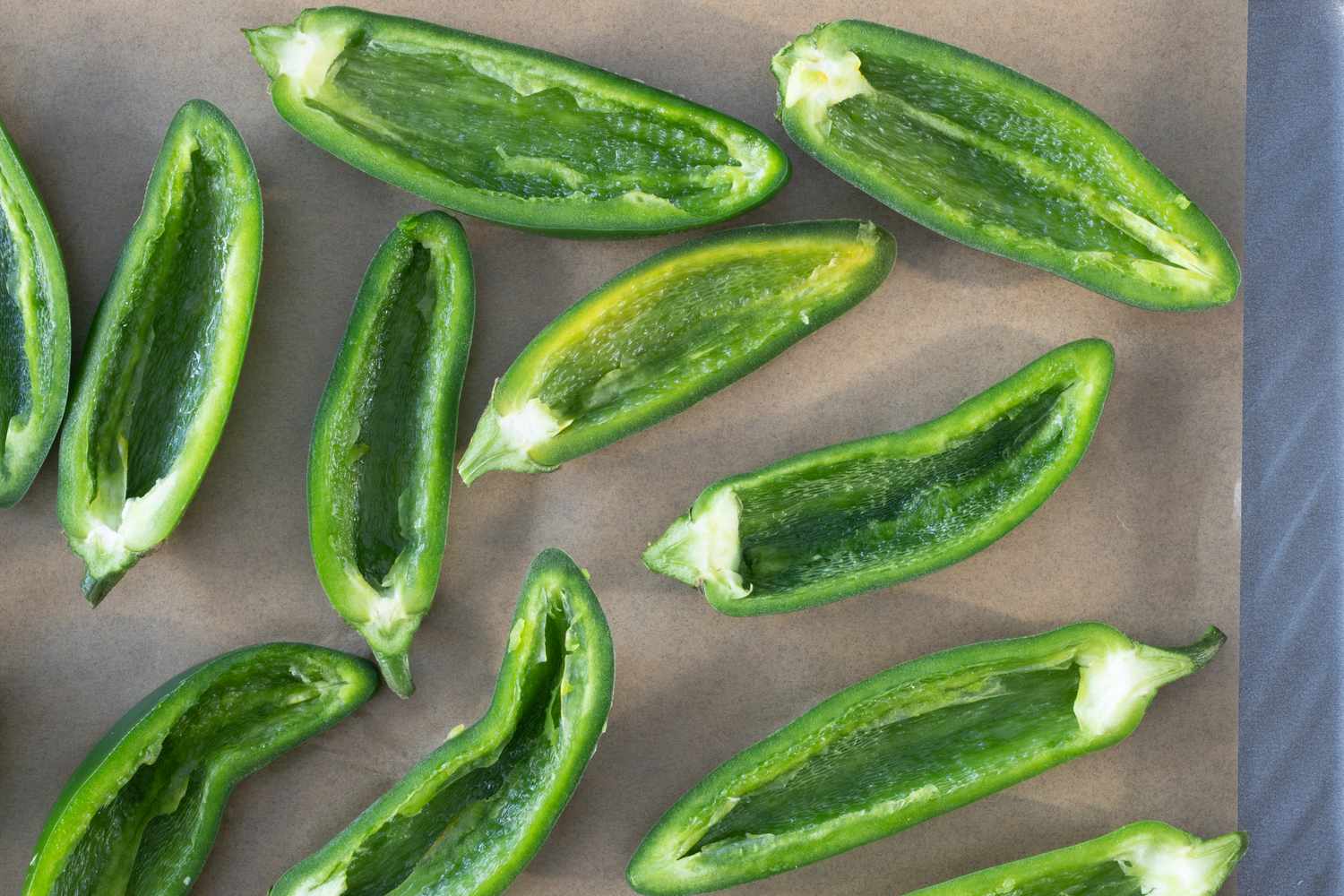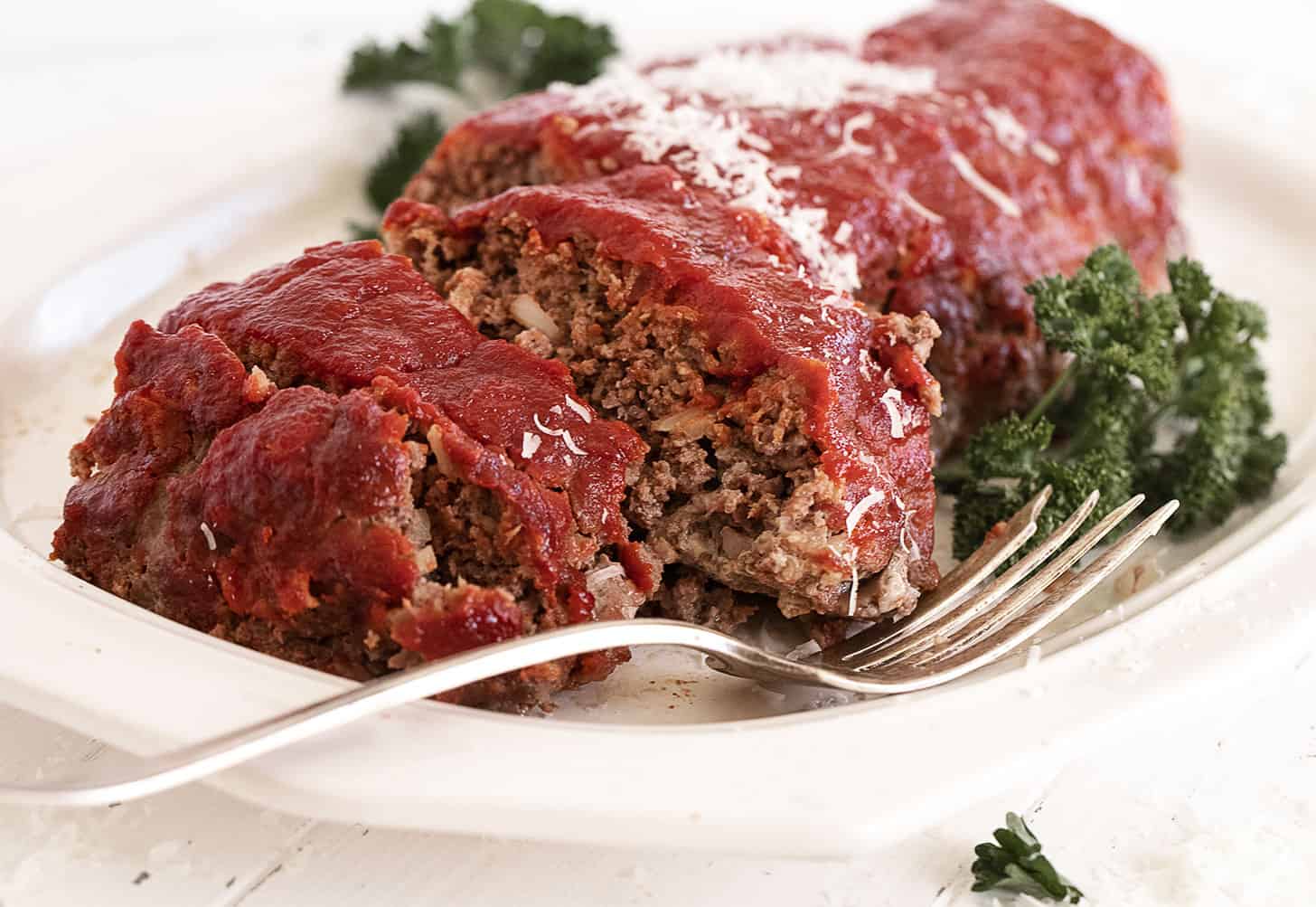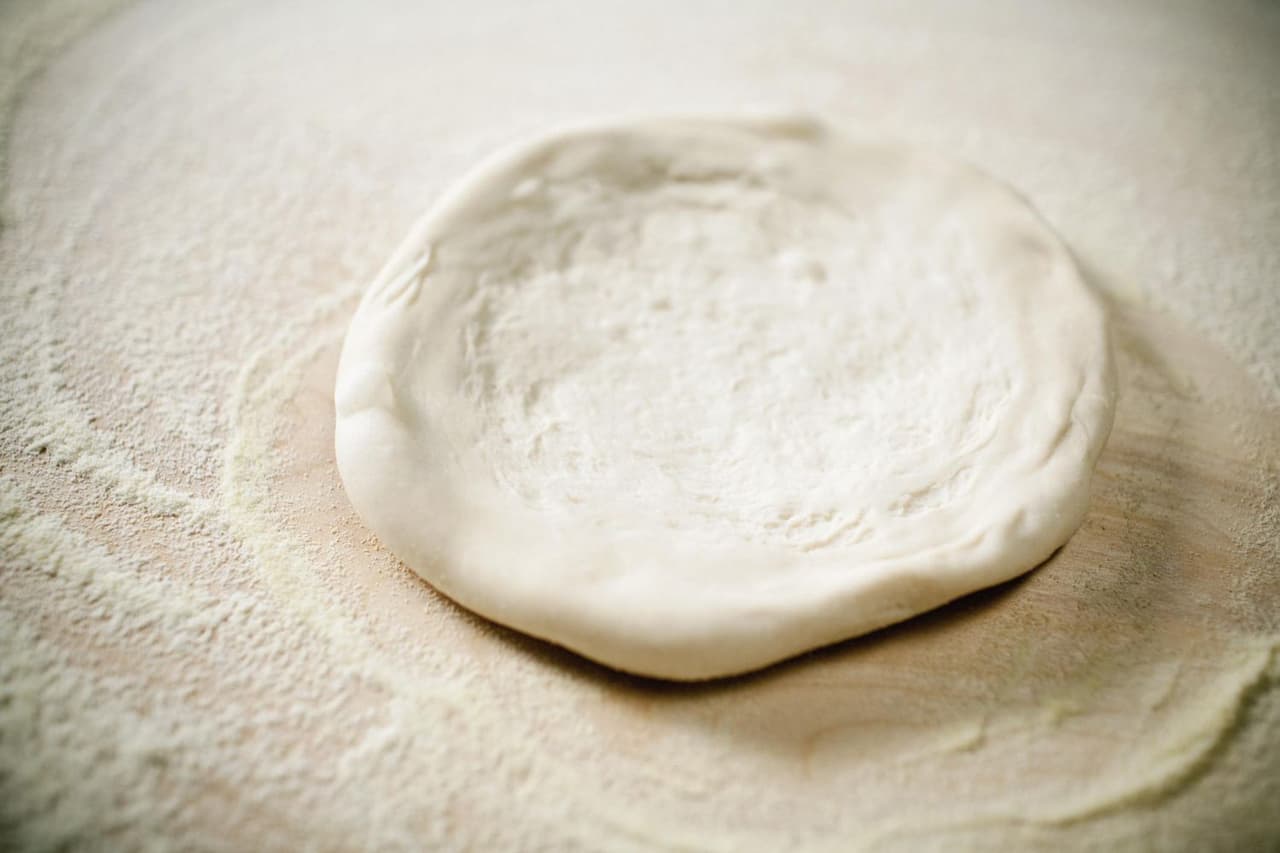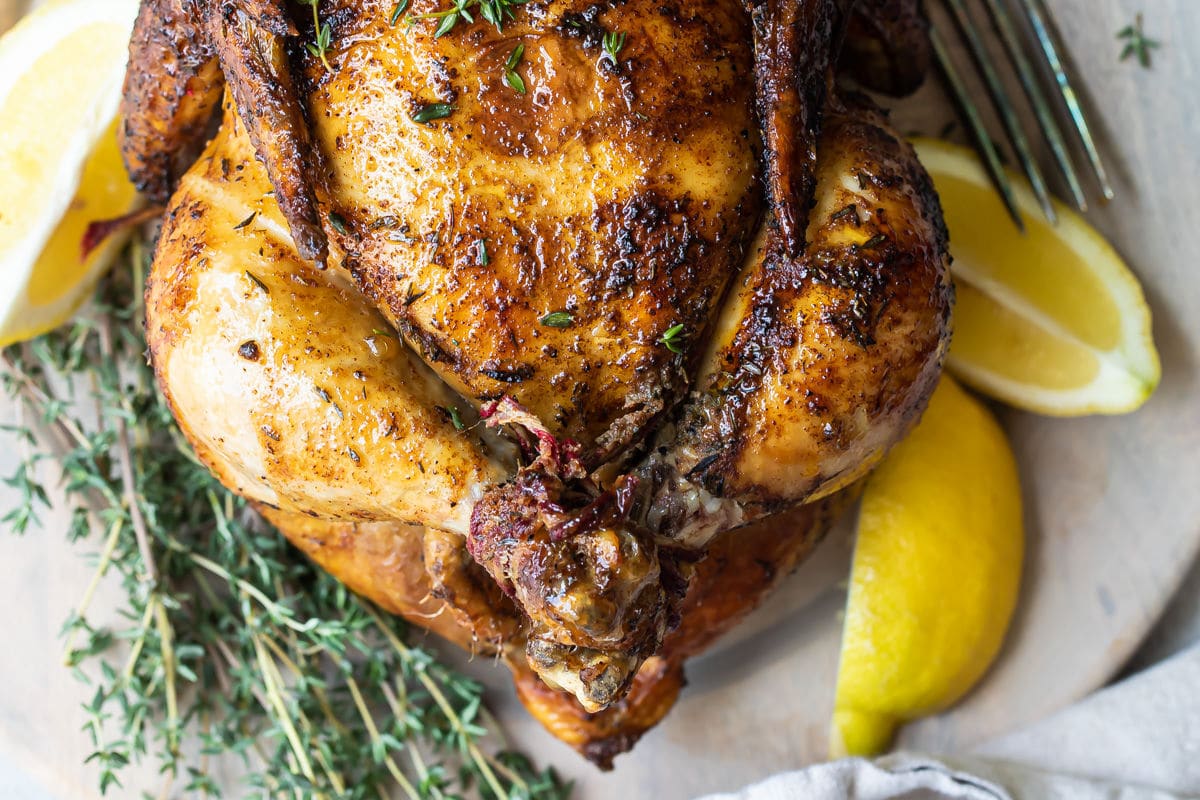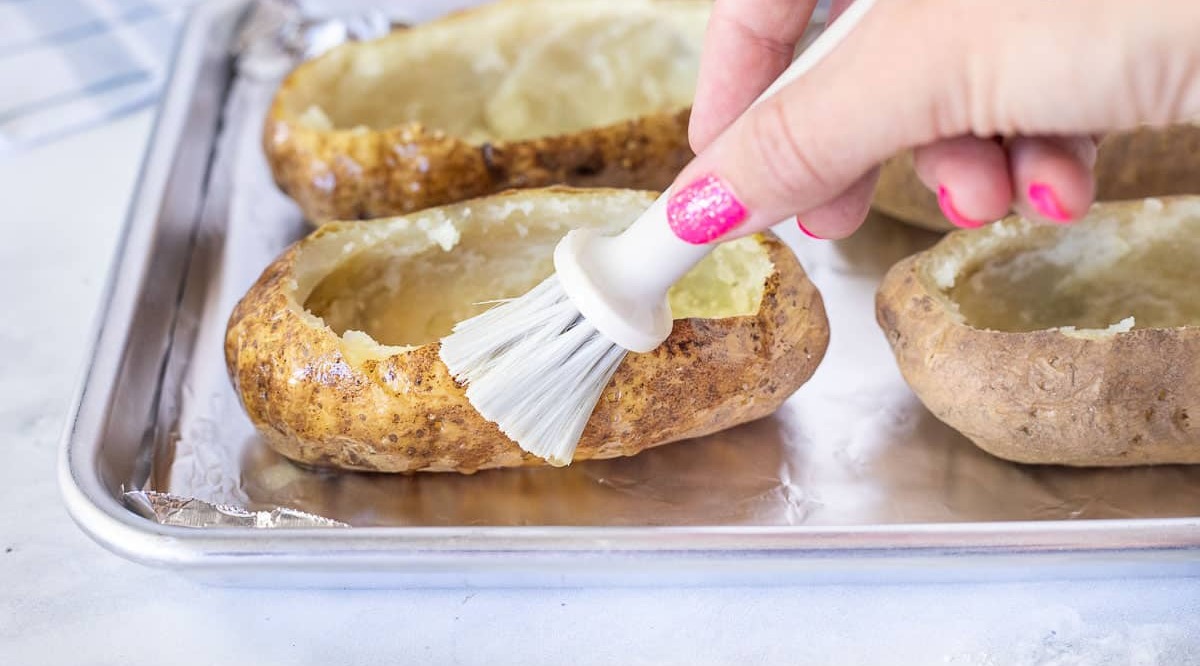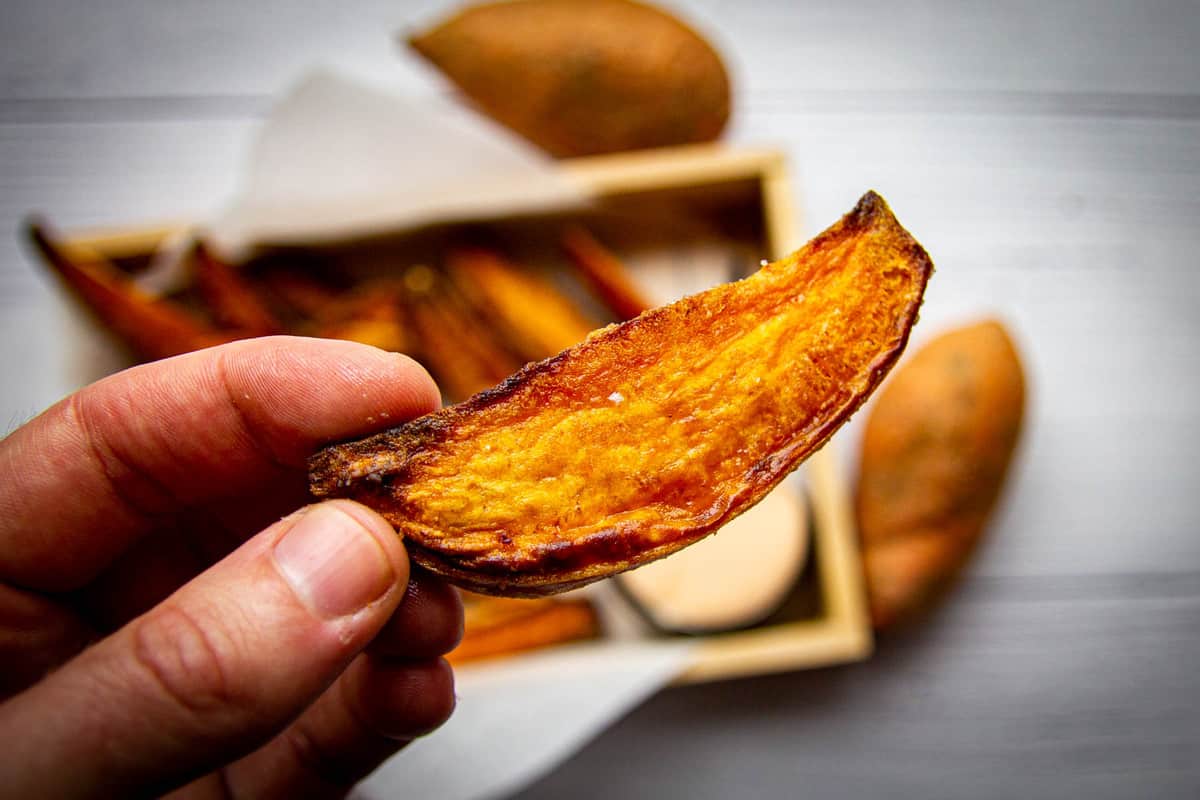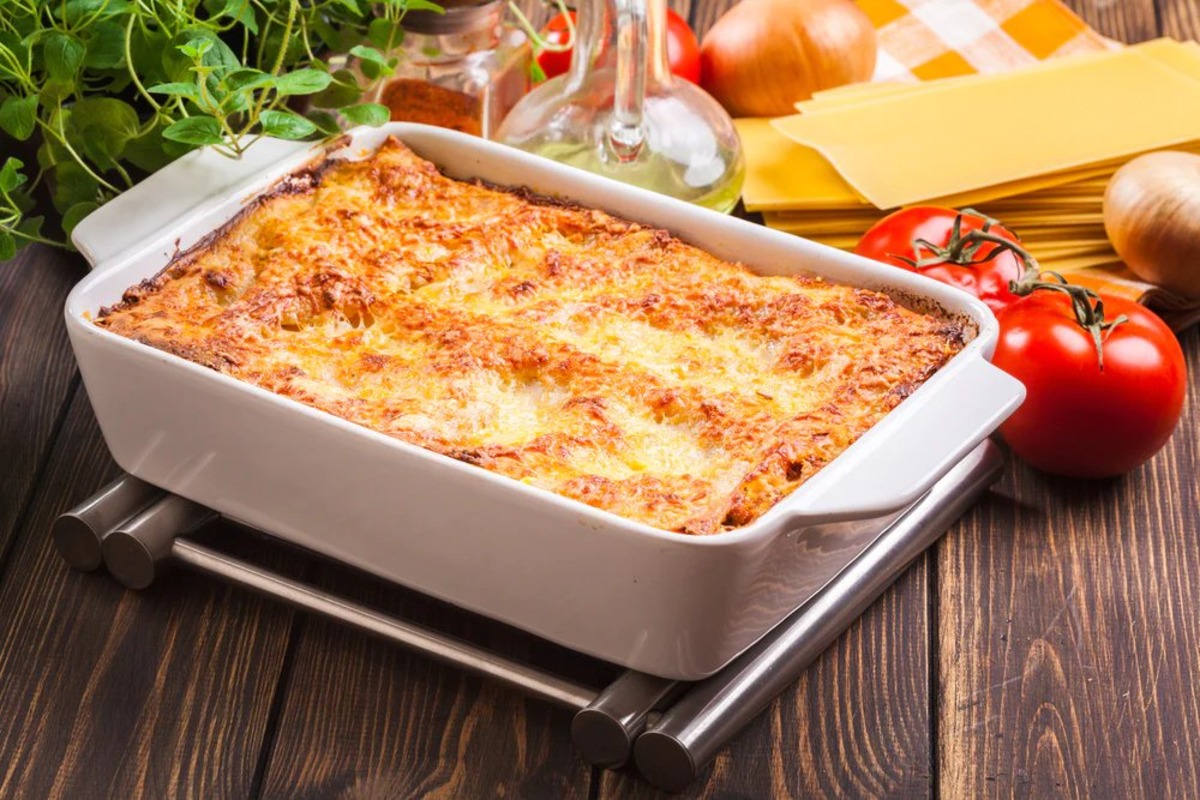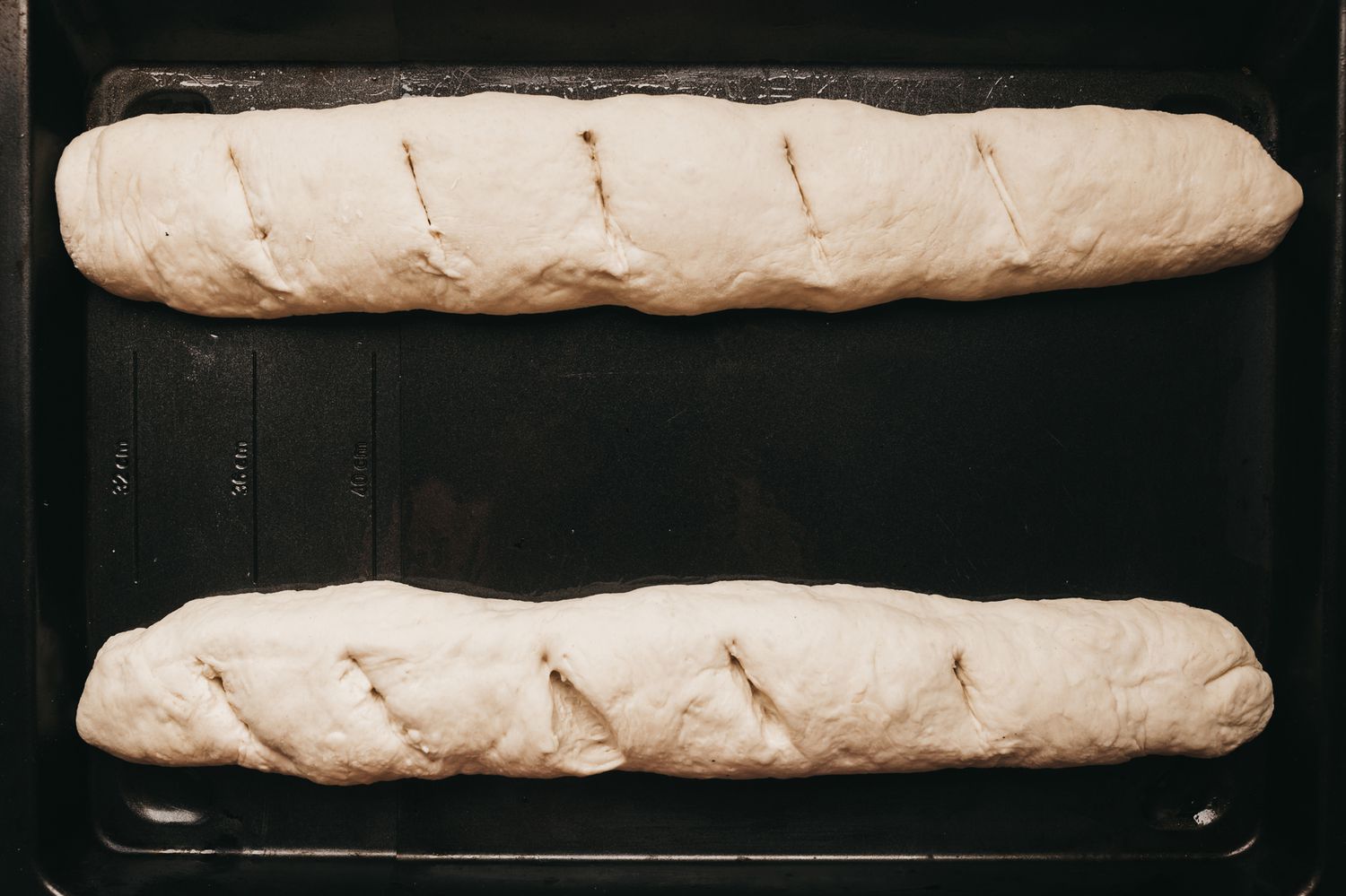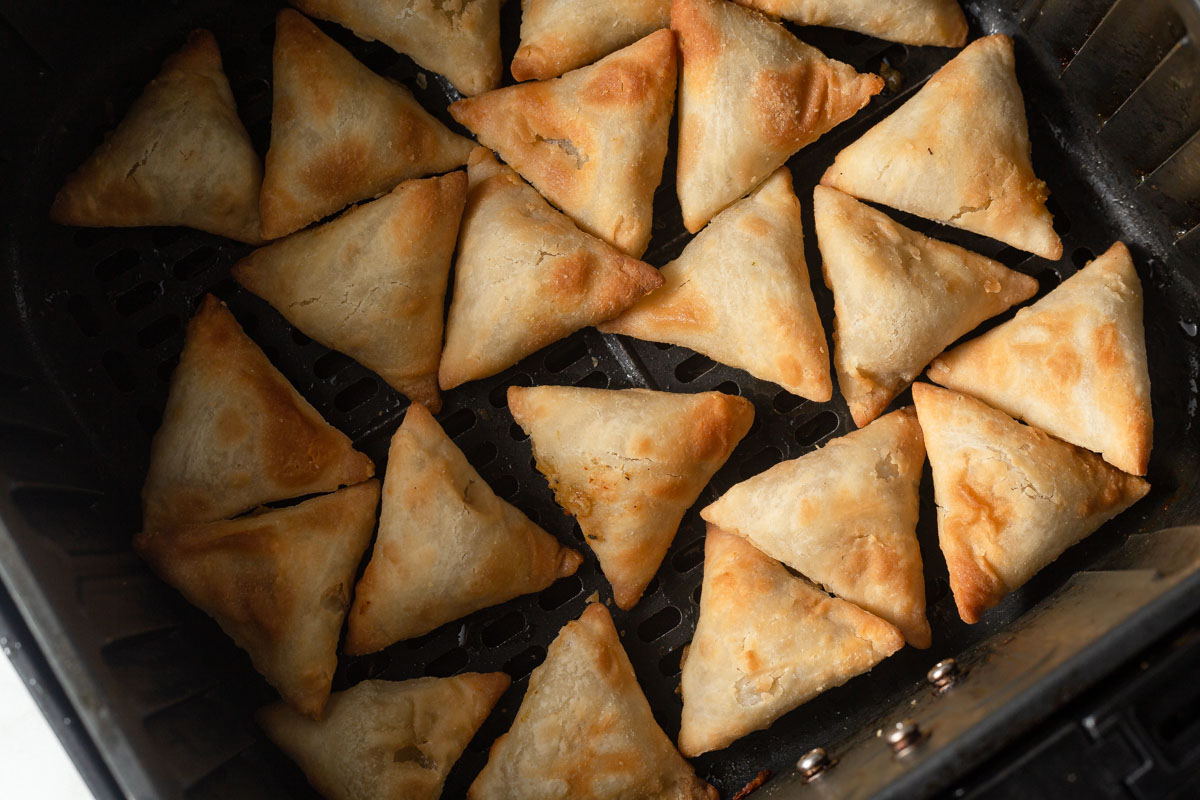Tricks to Make You a Better Baker
Have you ever wondered how some people seem to effortlessly create delicious and perfectly baked treats? The truth is, becoming a better baker is not just about following recipes. It’s about knowing a few tricks of the trade that can take your baking skills to the next level. Whether you’re a novice or an experienced baker, here are some tried and tested tips that will help elevate your baking game.
1. Use the Right Ingredients
Quality ingredients are the building blocks of any successful baking recipe. Whenever possible, opt for fresh and high-quality ingredients. This includes using real butter instead of margarine, using freshly ground spices, and choosing organic and locally sourced produce. Taking the time to select the best ingredients will make a noticeable difference in the flavor and texture of your baked goods.
2. Measure Accurately
When it comes to baking, precision is key. Invest in a good set of measuring cups and spoons, and always measure ingredients accurately. Too much or too little of an ingredient can throw off the balance of a recipe and result in less-than-perfect results. Remember to level off your dry ingredients with a straight edge for precise measurements.
3. Understand the Science of Baking
Baking is as much an art as it is a science. Understanding the basic principles of baking can go a long way in improving your skills. For example, knowing the role of each ingredient, the importance of preheating the oven, or the science behind leavening agents like baking soda and yeast will help you make more informed decisions and troubleshoot any issues that may arise.
4. Learn Proper Mixing Techniques
The way you mix your batter can greatly affect the final result of your baked goods. Overmixing can lead to a tough and dense texture, while undermixing can result in uneven distribution of ingredients. It’s important to follow the recipe instructions for mixing techniques, whether it’s gently folding in ingredients or beating until light and fluffy. Practice different mixing methods and pay attention to the texture of the batter to achieve the desired outcome.
5. Control the Oven Temperature
An accurate oven temperature is crucial for successful baking. Invest in an oven thermometer to ensure your oven is heating to the desired temperature. Remember that oven temperatures can vary, so it’s important to monitor your baked goods for the right level of doneness. If your oven tends to run hot or cold, you may need to adjust the temperature or baking time accordingly.
6. Don’t Peek!
It can be tempting to open the oven door and take a peek at your masterpiece in the making, but resist the urge. Opening the oven door can cause a drop in temperature, which can affect the rise and texture of your baked goods. Trust the recipe and set a timer instead. You’ll be rewarded with perfectly baked treats.
7. Practice Patience
Baking requires patience, especially when it comes to letting your baked goods cool properly. Remove them from the oven and allow them to cool on a wire rack as directed in the recipe. This allows for even cooling and helps to prevent the dreaded soggy bottom. It may be difficult, but resist the temptation to dig in right away. Your patience will be rewarded with better-tasting treats.
By incorporating these tricks into your baking routine, you’ll be well on your way to becoming a better baker. Remember, practice makes perfect, so don’t be discouraged if your first attempts aren’t flawless. With time, patience, and a sprinkle of creativity, you’ll be baking up a storm and impressing friends and family with your delicious creations.
Was this page helpful?
Read Next: Tips For Perfect Cheesecake
